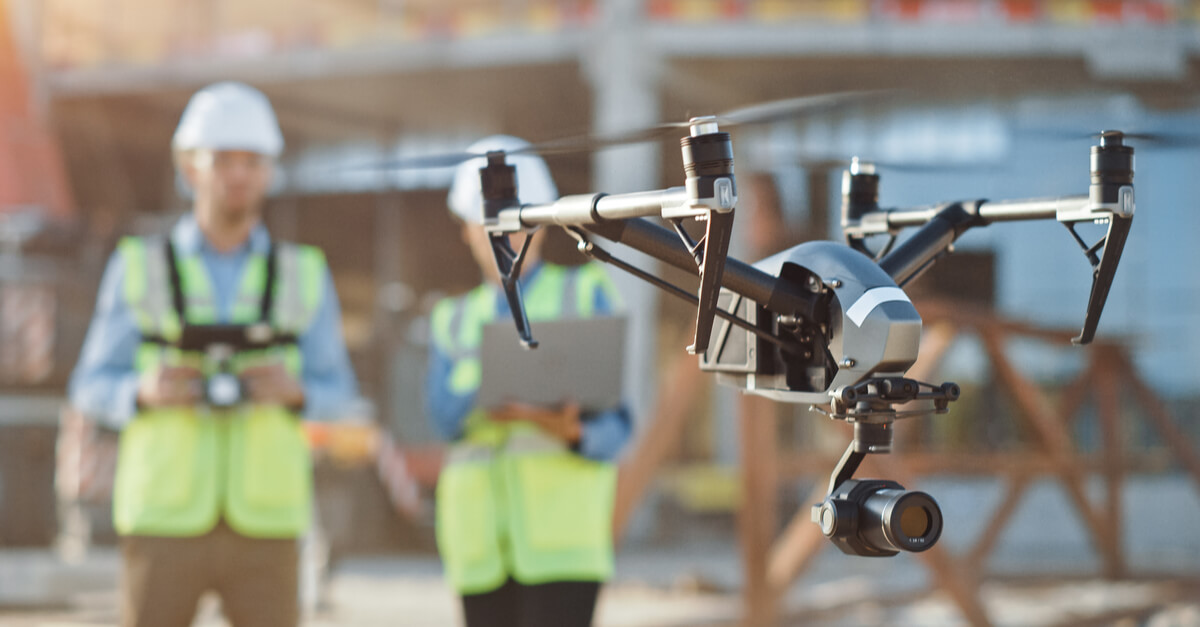Globally, the construction industry is home to maximum workplace injuries and fatalities. This is why promoting a safety culture in your construction business is of great significance. But introducing a safety culture can’t happen overnight. Hence, it’s not surprising that safety is at the disposal of everyone’s minds, regardless of your location.
This is why companies are moving from paper-based safety approaches to digital platforms. Today, cloud-based mobile applications and various other platforms have transformed every aspect of humans, and the construction sector is not an exception.
In this blog, let’s explore how companies are using technology to enhance safety on construction sites worldwide.
Digitalize Your Safety Processes
When you digitalize safety processes, driving your construction company’s safety culture becomes easier. Several renowned construction businesses are now saying goodbye to the thousands of paper-based documents, forms, checklists, and reports that literally give headaches while in compliance.
But with digitalization, saving time and money, allowing teams to be productive, and, importantly, demonstrating your organization’s ongoing commitment to construction site safety becomes quite seamless.
For example, Permits to Work (PTWs), it is usually required for high-risk tasks and work activities such as lifting operations, hot works, working at heights, demolition, blasting, and working in confined spaces. This is a formal process and compulsory as per the statutory authorities.
The process makes sure that your construction work is well planned, the risk has been evaluated, and there is a procedure to return the work area to a safe state once the task has been accomplished.
But when you adopt a smart system, it will help to improve safety by capturing all the aspects of the process from beginning to end. Also, you’ll be able to hold better accountability through a solid approval process, higher traceability with digital sign-offs and authentication technology, ensuring workers have authentic qualifications and approvals to carry out high-risk tasks.
Improve Training Digitally
According to a recently researched survey, 90% of worksite accidents happen because of unsafe environments. This usually takes place due to a lack of understanding of the safety protocols by inadequate safety training, on-site personnel, and lack of awareness regarding the safety protocols.
The existence of safety protocols and proper safety training in place are often not sufficient to ensure all workers are appropriately briefed relevantly about the safety processes.
This is where creating digital content can help construction leaders ensure that each worker on-site has proper access to this information at all times.
Use Wearable Tech for Better Protection
To define wearable in simple terms, it is a device that needs to be worn for better safety. It would resemble a smartwatch that tracks crucial signs in real time, or as complicated as a smart vest that works like a car’s airbag to cushion a person during mishaps. Wearable technology has been growing globally over the past decade. Wearable devices help:
- Prevents risks by issuing information updates to staff working remotely
- Cut down vulnerability to heavy lifting injuries using high-quality suits
- Identify dangerous gasses through sensors, such as carbon monoxide
- Improve staff training through augmented and virtual reality equipment
Along with other technology, wearable devices are becoming lighter, cost-effective, and smaller.
Understand Safety Gaps With Smart Data Analytics
Today, everyone is talking about AI, or artificial intelligence. It is powerful and has the ability to find patterns in data sets. AI can collect information, predict outcomes and draw insights more efficiently and quickly than a human ever could. While the technology is still being adopted by construction owners, its possibilities are extremely inspiring. You’ll be able to look at past safety data to predict the future.
Make Use of Drones To Protect Workers
Presently, drone technology is becoming common at several construction sites. These vehicles can fly at great heights without any driver to provide a better view into confined spots, scan work quality on multi-story buildings, and help you understand the effects of changing site conditions.
With proper applications, drones are transforming how the sector undergoes inspections. Many inspections are managed at great heights. Drones make these quite safe and can be done remotely, staying properly on the ground. Drones can also help monitor and take care of work environments throughout large and complex construction sites.
Bottom Line
In a nutshell, construction technology is not only boosting their profitability and productivity but also improving safety at the jobsite. This is one of the biggest reasons why construction professionals are moving towards integrated cloud platforms.
 Ed Williams is the Senior Team Lead at ProjectPro, an integrated construction accounting software. He holds massive industry experience and is a Microsoft Dynamics expert who is focused on successful implementations. He is a visionary leader and always aims to deliver the best to the construction and project-oriented industries.
Ed Williams is the Senior Team Lead at ProjectPro, an integrated construction accounting software. He holds massive industry experience and is a Microsoft Dynamics expert who is focused on successful implementations. He is a visionary leader and always aims to deliver the best to the construction and project-oriented industries.
